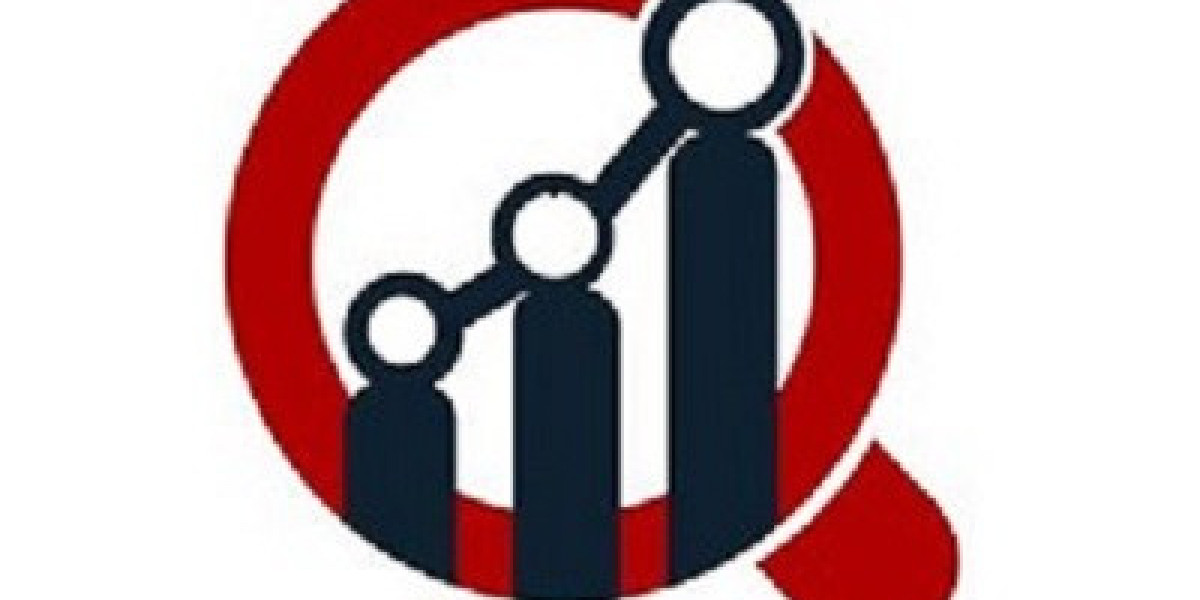Engineered Wood Market Overview
The engineered wood market is expected to gain a market value of USD 4,90,567 Million by 2030 at a CAGR of 7.21% from 2022-2030.
In recent years, the construction industry has witnessed a remarkable shift towards sustainable and eco-friendly practices. One notable advancement in this direction is the rise of the engineered wood market. Engineered wood products have gained immense popularity as a sustainable alternative to traditional timber, offering several advantages in terms of durability, versatility, and environmental impact. This article delves into the evolving engineered wood market, highlighting its key features, benefits, and future prospects.
Defining Engineered Wood
Engineered wood refers to a composite material made from various layers of wood fibers, veneers, or strands bonded together using adhesives and resins. Unlike solid wood, which is cut directly from trees, engineered wood is manufactured by rearranging and reconstituting wood fibers or particles to create panels, beams, and other structural components. This manufacturing process enhances the mechanical properties and structural stability of the wood, making it more resistant to warping, cracking, and other forms of degradation.
Key Types of Engineered Wood
Plywood: Plywood is one of the most widely used types of engineered wood. It is made by gluing together multiple layers of thin veneers, with each layer oriented perpendicular to the adjacent ones. This cross-grain construction imparts strength and stability to the plywood, making it suitable for various applications, including furniture, cabinetry, flooring, and structural frameworks.
Laminated Veneer Lumber (LVL): LVL is produced by bonding thin wood veneers together in a parallel configuration. This results in a strong and uniform product with excellent load-bearing capacity. LVL finds extensive use in structural beams, headers, and columns, offering a viable alternative to solid timber.
Oriented Strand Board (OSB): OSB is made from thin strands of wood, which are compressed and bonded together with resin under high heat and pressure. This type of engineered wood is highly versatile and widely used in wall sheathing, roof decking, and subflooring applications.
Benefits and Sustainability
The engineered wood market has gained traction primarily due to its numerous benefits:
Environmental Sustainability: Engineered wood utilizes wood fibers more efficiently, reducing the demand for virgin timber. It also promotes the use of fast-growing plantation trees and salvaged wood, minimizing the impact on natural forests. Furthermore, the manufacturing process consumes less energy and produces fewer greenhouse gas emissions compared to traditional timber production.
Strength and Durability: Engineered wood products exhibit enhanced strength and dimensional stability compared to solid wood, reducing the risk of warping, splitting, or shrinking. This characteristic makes engineered wood ideal for load-bearing structures and applications where strength is crucial.
Design Flexibility: Engineered wood can be engineered to meet specific performance requirements. It can be manufactured in various sizes, shapes, and thicknesses, allowing architects and builders to explore innovative designs and achieve greater flexibility in construction.
Cost-effectiveness: Engineered wood products are often more cost-effective than solid wood due to their efficient use of raw materials and standardized production processes. They also reduce construction waste and facilitate faster installation, resulting in overall cost savings.
Future Prospects
The engineered wood market is poised for significant growth in the coming years. Factors such as increasing environmental concerns, stringent regulations on deforestation, and the need for sustainable construction materials are driving the demand for engineered wood products. Additionally, the advancements in manufacturing technologies and the development of new adhesive formulations are expected to further enhance the performance and applications of engineered wood.
Conclusion
The engineered wood market represents a transformative solution for the construction industry, providing sustainable alternatives to traditional timber while offering a range of benefits such as strength, durability, design flexibility, and cost-effectiveness.
Key Players
Boise Cascade Company (U.S.)
Kahrs Group (Sweden)
Huber Engineered Wood LLC (U.S.)
Celulosa Arauco y Constitución (Chile)
Lowe's Companies
Universal Forests Products
Rockshield Engineered Wood products ULC (U.S.)
CST Timber Co (U.S.)
Roseburg Forest Products (U.S.)
Weyerhaeuser (U.S.)






